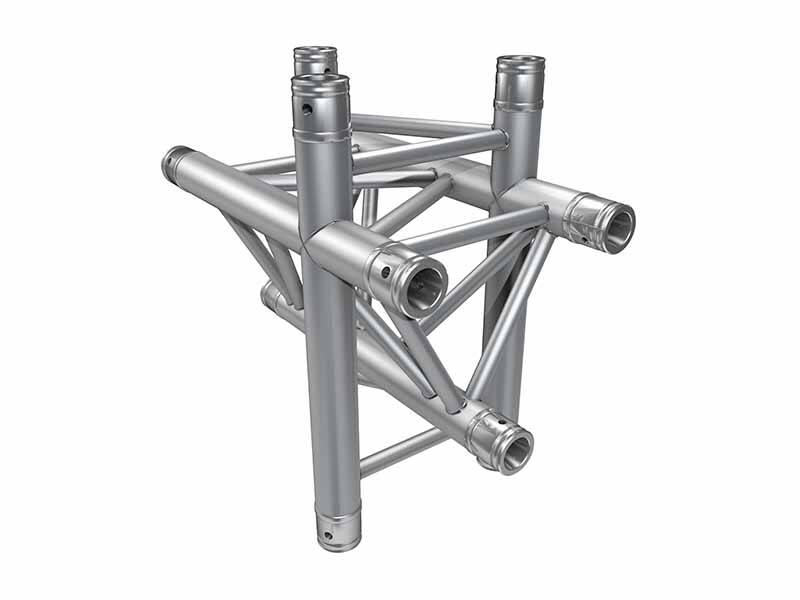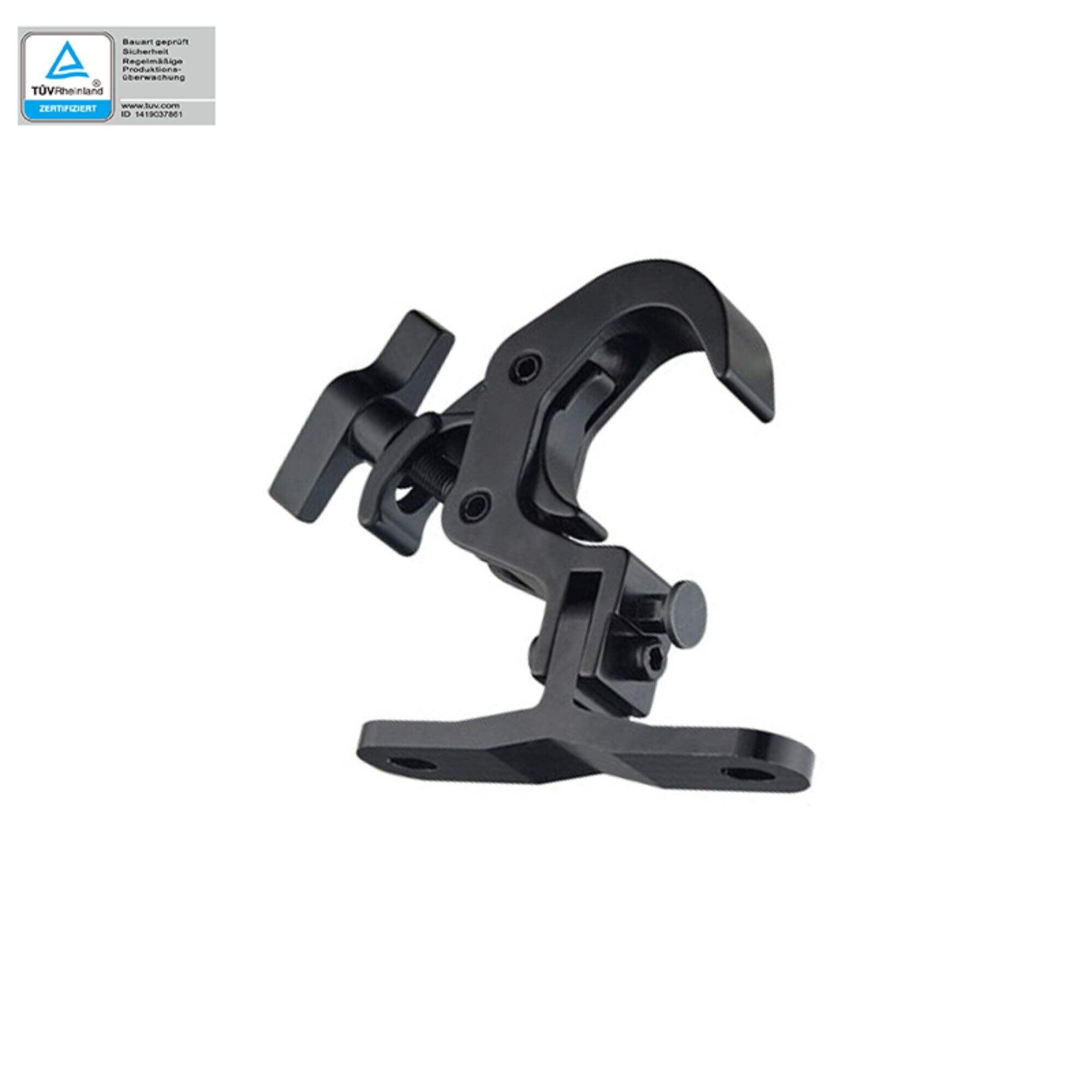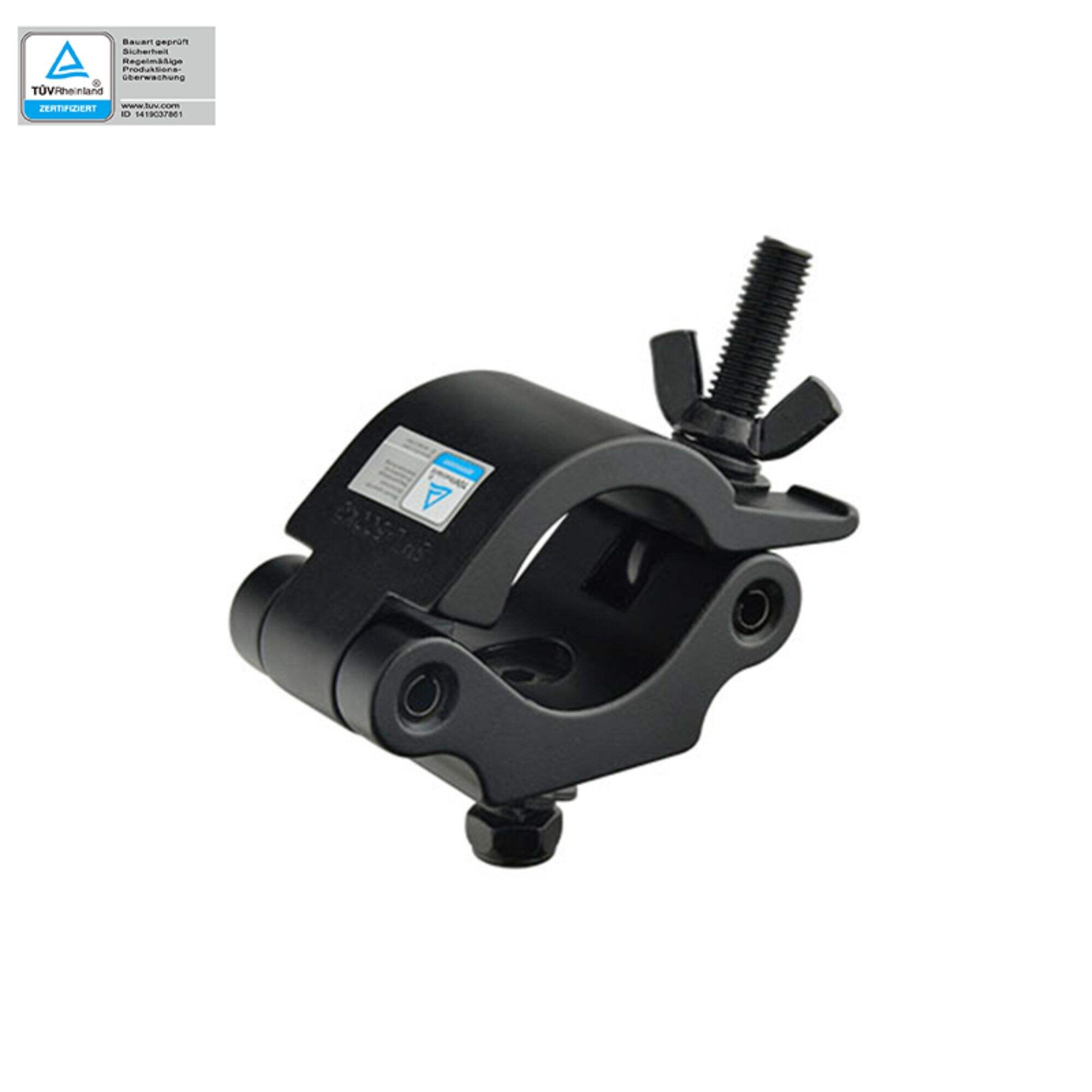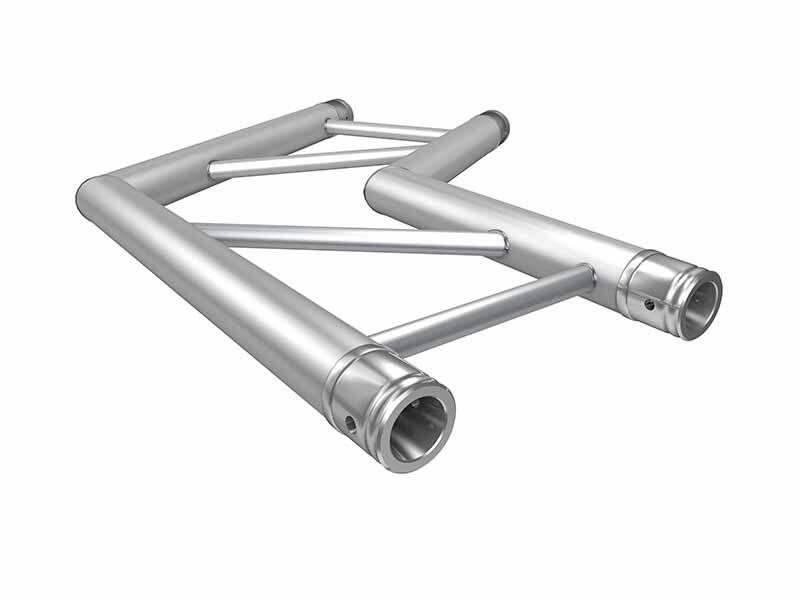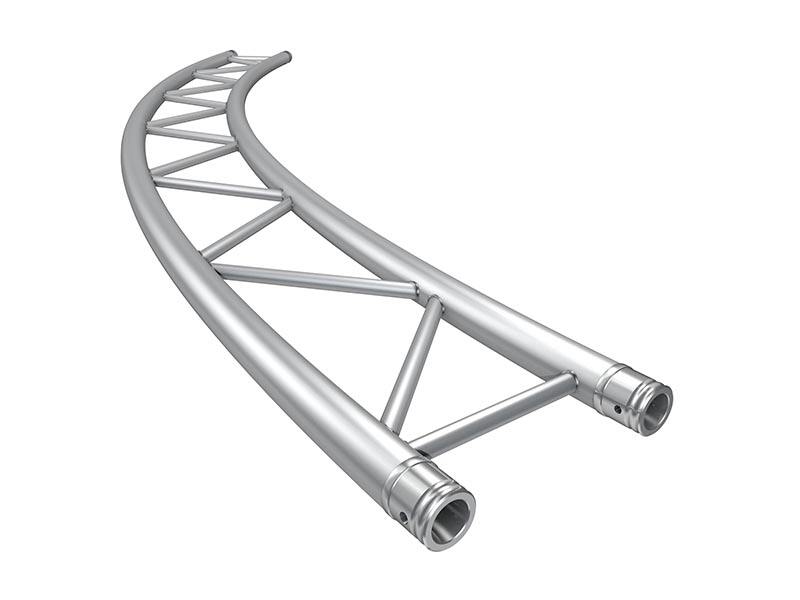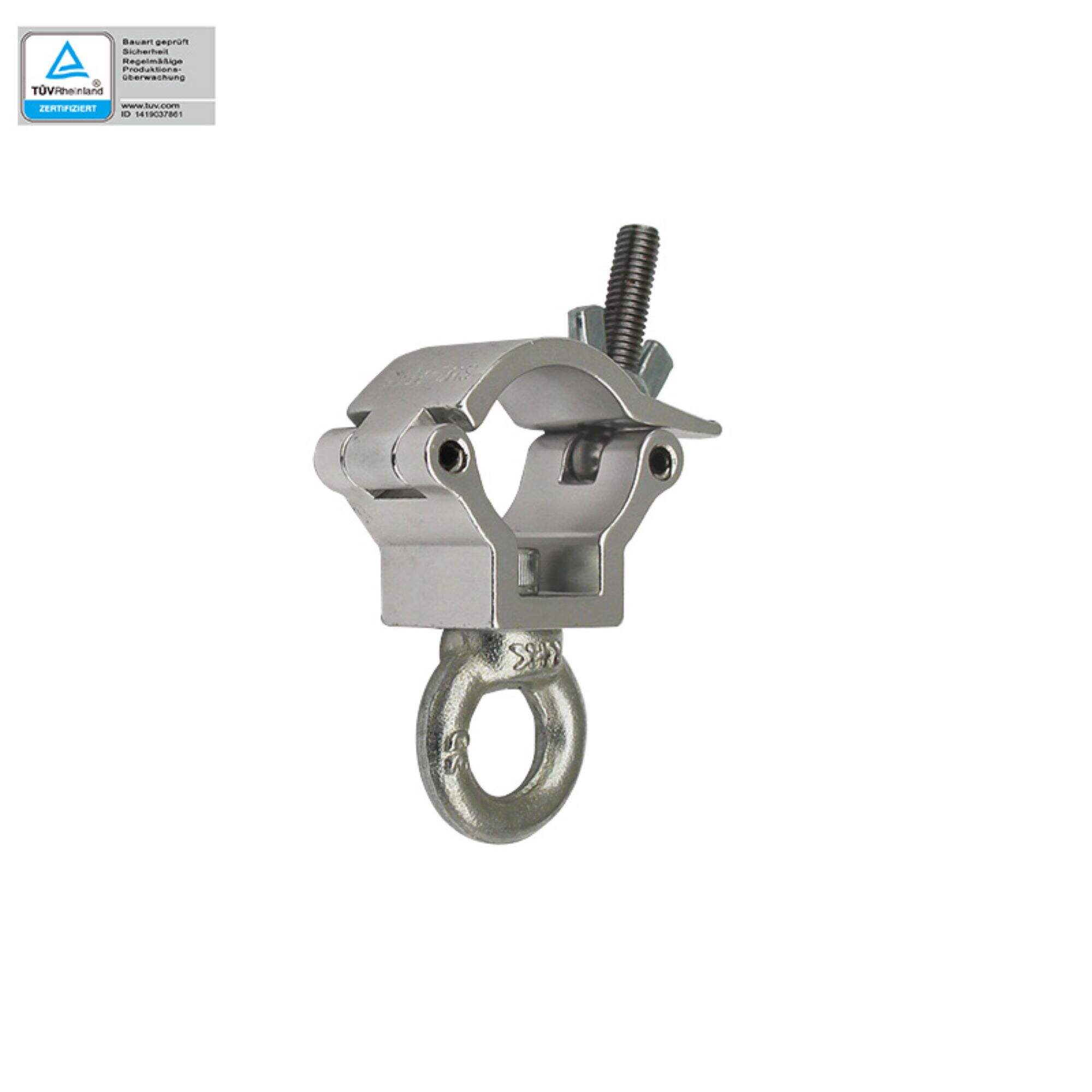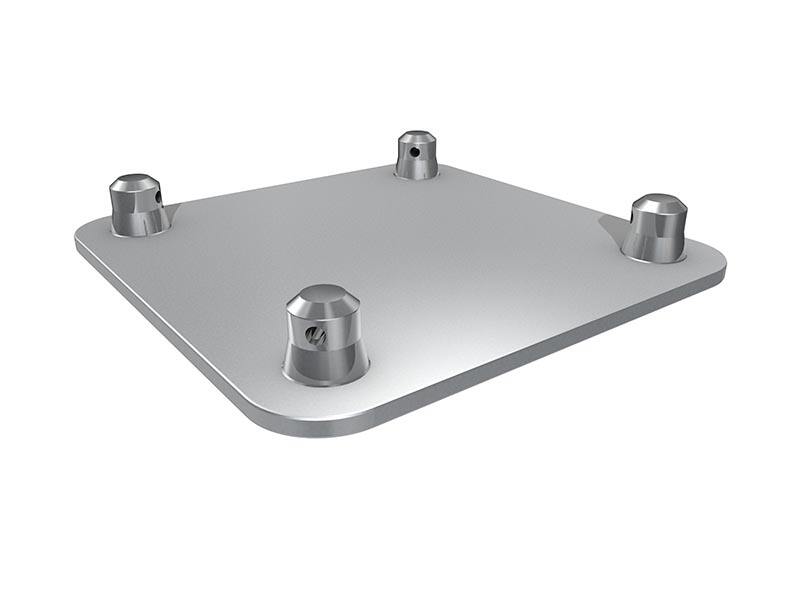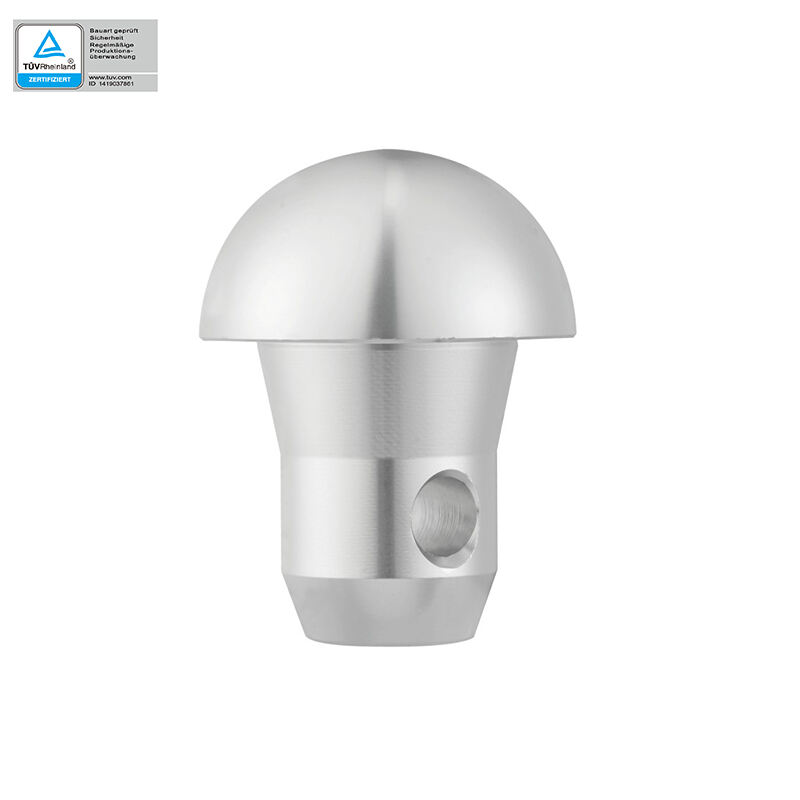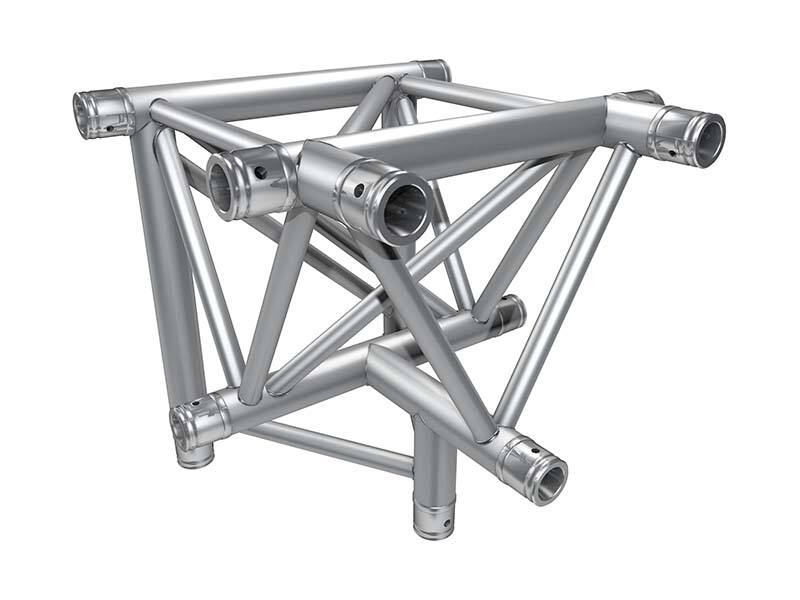Comprehending the Role of Spigot Truss in Stage Design
Stage design is a complex field with multiple factors and structures impacting the flow of concerts and visual presentations. These include common structural elements like “Spigot Truss” that are vital in stage designing and construction. This article will focus on spigot truss role in stage designing.
Spigot Truss: An Overview
1. Definition and Structure
Spigot or bolt trusses are disassembled truss works consisting of many steel pipes and bolts used widely in light weight, flexible structure, temporary buildings, exhibition building among other things.
2. Materials and Features
For spigot trusses, they are typically built using high-strength steel pipe and corrosion-resistant bolts which give them a higher load-bearing capacity, durability and can be constructed or disintegrated quickly due to their modularized designs.
Use of Spigot Truss in Stage Designing
1. Support and Suspension System
In most cases, Spigot trusses serve as crucial parts for supporting and suspending systems in stage designs. Additionally, it can hold different kinds of settings for stages such as lighting equipment just to mention few ensuring stability during performance.
2. Creation of Visual Effects
Flexible matching of spigot trusses enables designers to come up with numerous unique visual effects For instance one can build various frames with different shapes or sizes from spigots then mix lighting along with projection technology creating a dreamy atmosphere on stage.
3. Temporary Construction and Mobility
The modular nature of spigot trusses makes them very suitable for use in temporary stages as well as exhibitions since they can built up quickly when needed then easily dismantled to allow movement into another venue . Therefore, this flexibility makes it an ideal choice for both stage designing and exhibition construction projects.
Advantages vs Challenges Posed by Spigot Truss
1. Advantages
Light-in-weight, flexible: Spigot trusses are light due to its modularization which makes them simple for building or dismantling.
Strong bearing capacity: It has good bearing capacity because of its composition of high-strength steel pipes and bolts.
Good visual effect: There can be various unique visual effects when spigot trusses are flexibly matched and arranged.
2. Challenges
High safety requirements: For stages designed with truss system, it calls for strict adherence to construction and inspection specifications in order to ensure the required safety standards are met while doing this.
High customization cost: Customizing spigot trusses for a particular need makes this kind of trussing relatively expensive than other options that may exist in the market.
Conclusion
In general, spigot truss is integral to stage designing. Its lightweight feature, flexibility as well as ease of construction all provide strong support for stage designing and staging. On the other hand, through flexible matching with each other on arrangement with different heights and angles of spigots designers get various unique visual effects and also make their show more colorful. Nevertheless, before using spigot truss, both safety requirements as well as customization costs should not go unnoticed.
Hot News
-
The Application Scenarios Of Lighting Hooks And Trusses
2023-12-14
-
Market Analysis Of Lighting Hooks And Trusses
2023-12-14
-
The Essence Of Lighting Hooks And Trusses
2023-12-14
-
An In-Depth Look At Lamp Hooks And Truss Products
2023-12-14
-
Light Hooks And Truss Products: A Niche But Vital Industry
2023-12-14

 EN
EN
 AR
AR
 BG
BG
 HR
HR
 CS
CS
 DA
DA
 NL
NL
 FI
FI
 FR
FR
 DE
DE
 EL
EL
 HI
HI
 IT
IT
 JA
JA
 KO
KO
 NO
NO
 PL
PL
 PT
PT
 RO
RO
 RU
RU
 ES
ES
 SV
SV
 TL
TL
 ID
ID
 LT
LT
 SK
SK
 UK
UK
 VI
VI
 SQ
SQ
 GL
GL
 HU
HU
 TH
TH
 TR
TR
 FA
FA
 MS
MS
 GA
GA
 IS
IS
 MK
MK
 EU
EU
 KA
KA
